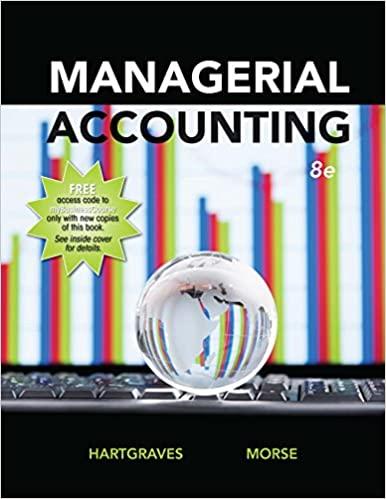
= 3. The Hecksher-Ohlin Model (35 points) Suppose there are two countries, US and Mexico (two countries). Both countries produce cars and food (two sectors). The production of cars requires capital (Kc) labor (LC). The production of food also requires Capital (Kp) and labor (Lp) (two factors). The two countries have the following production functions for cars and food: Qc = KL; QE = = KL (20 points) Solve the firm's profit maximization problem for both car and food industry. Use Mc, ti to represent the firm's profit in the car and food industry respectively. Product prices for cars, food are: P1,Ps. Factor prices for labor and capital are: w,r. Derive the first-order conditions for both profict functions with repect to both factors (labor and capital). Then derive the wage/rental ratio as the function of labor/capital ratio, and draw them graphically. (y-axis: , x-axis: ). (5 points) Based on the above calculation. Which sector is the capital intensive sector. Suppose US is a capital abundant country compared with Mexico. How do you predict the trade patterns between US and Mexico? Which theorem would you use? (hint: not those two post-trade theorems you might think) (5 points) Given the following inequatlity between the world relative price and the domestic relative price: pa PE Which factor in the US will win or lose after trade? Which theorem should one use to answer the pus: question? (y-axis: Food QF, X-axis: Cars Qc) (5 points) Rybczynski Theorem Graph. Suppose a large influx of immigration filled up the labor market in the US which leads to a huge increase in the total labor endowment. Draw the PPF and show how the production reallocation happens regarding this immigration inflow in the short run. (y-axis: Food QF, X-axis: Cars Qc). Clearly label the before/after trade PPF curves, productions in both sectors, and the relative price. > = 3. The Hecksher-Ohlin Model (35 points) Suppose there are two countries, US and Mexico (two countries). Both countries produce cars and food (two sectors). The production of cars requires capital (Kc) labor (LC). The production of food also requires Capital (Kp) and labor (Lp) (two factors). The two countries have the following production functions for cars and food: Qc = KL; QE = = KL (20 points) Solve the firm's profit maximization problem for both car and food industry. Use Mc, ti to represent the firm's profit in the car and food industry respectively. Product prices for cars, food are: P1,Ps. Factor prices for labor and capital are: w,r. Derive the first-order conditions for both profict functions with repect to both factors (labor and capital). Then derive the wage/rental ratio as the function of labor/capital ratio, and draw them graphically. (y-axis: , x-axis: ). (5 points) Based on the above calculation. Which sector is the capital intensive sector. Suppose US is a capital abundant country compared with Mexico. How do you predict the trade patterns between US and Mexico? Which theorem would you use? (hint: not those two post-trade theorems you might think) (5 points) Given the following inequatlity between the world relative price and the domestic relative price: pa PE Which factor in the US will win or lose after trade? Which theorem should one use to answer the pus: question? (y-axis: Food QF, X-axis: Cars Qc) (5 points) Rybczynski Theorem Graph. Suppose a large influx of immigration filled up the labor market in the US which leads to a huge increase in the total labor endowment. Draw the PPF and show how the production reallocation happens regarding this immigration inflow in the short run. (y-axis: Food QF, X-axis: Cars Qc). Clearly label the before/after trade PPF curves, productions in both sectors, and the relative price. >







